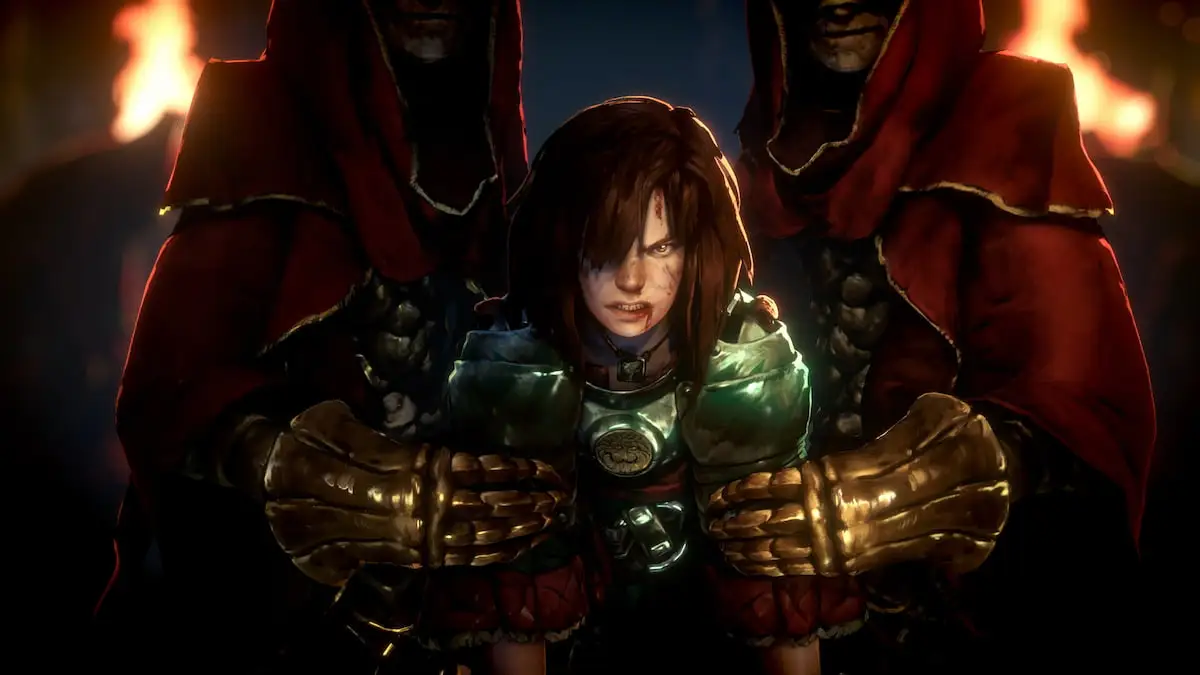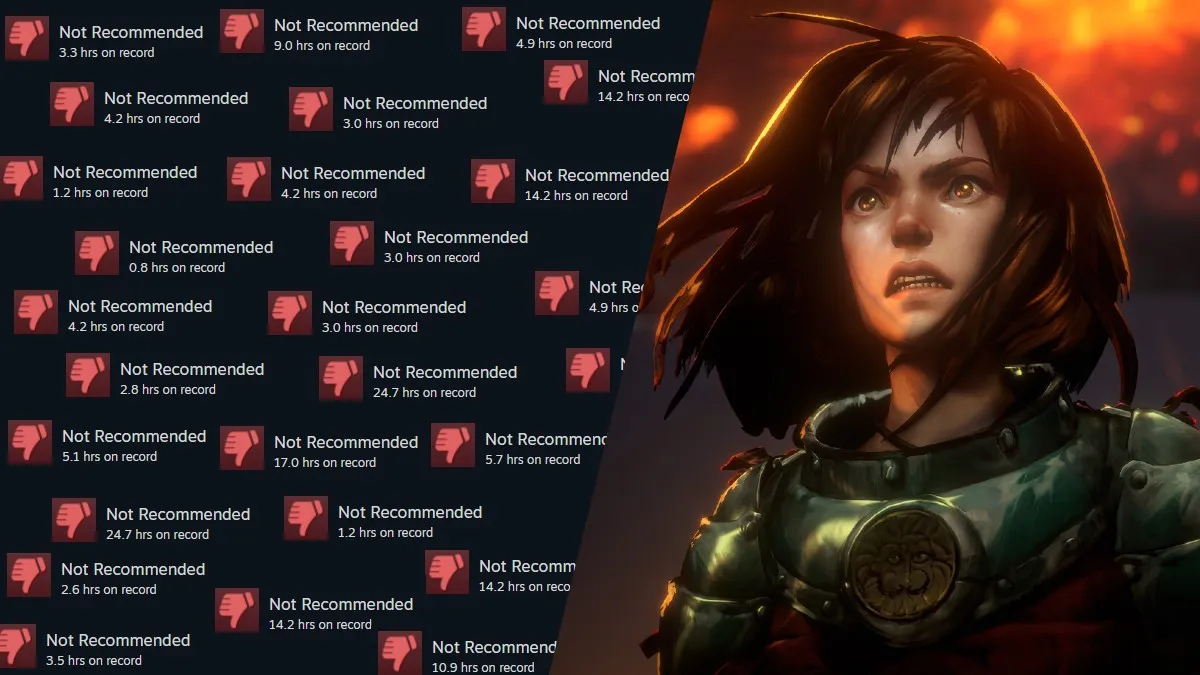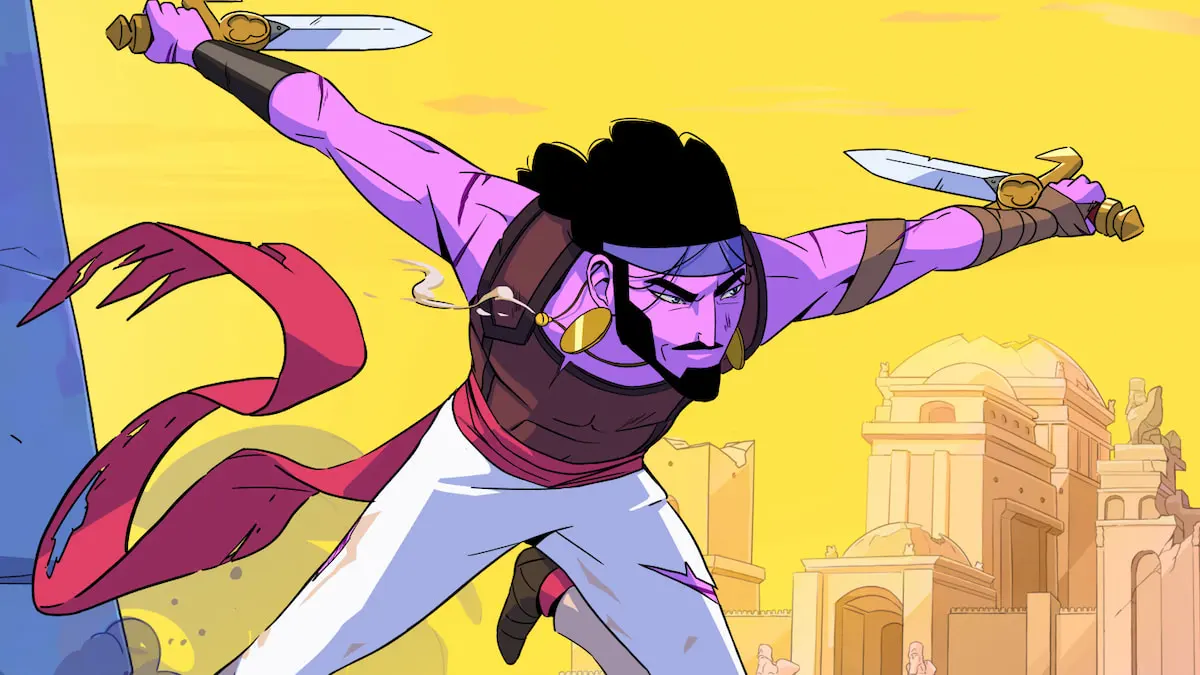An interview with Damian Isla of Bungie
Trying to decide your favorite part of the original Halo game is tricky, the immense scale, the epic music, the innovative story, however, there is part which when mentioned, never fails to remind people what a revelation this game was at the time, the artificial intelligence.
As the Head of AI code for the series, Damian Isla is the ideal man to talk to about the way that they went ahead designing and implementing the enemy behavior, what problems they faced as they improved the gameplay, and the impossibility of picking up a pencil
Prima: When you talk about “foundational ideas”, are those quite technical ideas – algorithms and so on – or are they more about how you want the AI to feel for the player?
Damian Isla: It’s much more the latter. It’s definitely gameplay ideas – things like, AI is about territory. The game playing of an AI is a game of territory, ultimately. It’s things like how we go about creating satisfying enemies, satisfying AI, and the various ideas that went into that. AIs with limited knowledge models, so that for instance they can’t track you when you run behind a wall.
Then you have AIs that can make mistakes – for us, that turned out to be a very interesting and important foundational idea, one that we’ve stayed with for years and years. All of these ideas are very much about player experience, and creating gameplay. They’re very external. The algorithms under the hood have in fact completely changed, in many ways – but the design cores have always remained the same. I think that speaks to the success and strength of those ideas in the first place.
Prima: Is it fair to say that those ideas are really ideals – holy grails that you’ve been attempting to reach with each game, and getting closer and closer as your algorithms get better?
Damian Isla: Yeah, they are ideals, ultimately. What we’ve been doing over the course of the trilogy is exploring more and more aspects of those ideas. To take an example, the idea of the limited knowledge model. What that means is that when I go behind a wall, the AI doesn’t know where I am after that.
But then, over the course of Halo 3, we explored what that means when you have a group of characters. How do they exchange information about what they know? How do they talk about what they know, and make that intelligible to the player?
You’re never done with implementing one of those ideals. There are always more aspects to think about, to implement.
Prima: Obviously you guys didn’t get to announce your E3, er, announcement…
“We’re all really excited about Halo Wars, because from everything we’ve seen so far it’s a very cool, faithful adaptation.”
Prima: … But the one game in the franchise that’s already in the open is Halo Wars. That’s obviously a very different style of game, but how do those AI ideas carry into that? Aren’t players going to want to see, for instance, tanks in that game behaving the same way that tanks in the Halo FPS games behave?
Damian Isla: Maybe, yeah. In fact, we’ve done a lot of talking with the Ensemble guys, and we’re all really excited about Halo Wars, because from everything we’ve seen so far it’s a very cool, faithful adaptation.
I’m not sure that it’s really that interesting to have the behavior be the same, of those things. It’s just a different scale of engagement – the individual characters don’t need to pop in and out of cover in quite the way that they do when you’re fighting them first-hand.
I think there are some high-level transitions between infantry and vehicle encounters, that kind of thing. I think that’s something that’s important at a very high level to the Halo first-person shooters, so it’s encouraging to see that as they’ve developed this RTS, they’ve really understood what things Halo is known for, and how to translate them into that larger scope of gameplay.
Everything we’ve seen has been very, very encouraging, so we’re very excited about it. And of course, it’s also getting right the basics, the general roles – even fictionally. What role do grunts play in the Covenant fighting forces, what role do the Elites play, what role do Warthogs play, what role do Spartans play… All this kind of thing. I think they really nailed that. It’s encouraging.
Prima: Throughout the Halo series, how much of what we saw – in terms of the unique behaviors that players recognize from different types of character – was deliberate and hard-coded by the team, and how much just emerged from your AI routines?
Damian Isla: A good deal of it is very specifically designed in. The nucleus of most of that stuff was all in Halo 1, and a lot of that stuff was very specifically designed with an eye towards what would read to the player – what would be enjoyable to the player. We wanted to find little behavioral roles that we could teach the player, about how AIs react to certain things.
A lot of that stuff is not actually that emergent; it’s very specifically designed. What’s more emergent is some of the gameplay experiences that you have, where you just get a sequence of events or a particular fight that ends up being memorable because of happenstance. The timing of that grenade, that happened to coincide with a shield going down, and a crate that went this way and hit this other guy…
That kind of thing. These sort of chain reactions just come with a fairly dense simulation, AI and physics and damage simulation all packed into a tight space. Something’s going to happen, and it’s almost always going to be interesting. It adds replayability, of course, because it’s all so unpredictable!
Prima: Talking about physics, as that side of gaming logic gets more complicated – as the physical interactions in game worlds get more realistic – doesn’t that make a lot more work for AI, since the AI needs to be aware of how the physics is affecting the world?
Damian Isla: Absolutely. Yes. One of the biggest changes between Halo 1 and Halo 2 was the amount of physical simulation that happened. People don’t really remember this, but in Halo 1, there were tons of space crates – little objects, movable cover and so on – that littered these spaces, but none of them moved. They were all completely static.
In Halo 2, we had this really nice idea – oh, let’s make all that stuff dynamic! So then it got thrown about by explosions and so on. That was incredibly complicated for AI, because all of a sudden, these spaces that had been wide open and fairly intelligible became a disaster as soon as gameplay broke out around it. The AI had to be much better about navigating around dynamic obstacles, and it had to deal with a whole other order of magnitude of clutter in those spaces.
We also worked on their physical abilities. We gave them the ability to vault over objects, or to hoist on top of objects – even to smash objects out of the way, that kind of thing. I find that sort of level of interaction with the physics very exciting… But it’s also very, very hard. We’ll always have more work to do, that’s for sure!
Prima: Where do you go from there? Obviously physics interaction has been a huge leap for AI, and it’s had to become much more adaptive. What’s the next big step change for game AI?
Damian Isla: It’s funny, because in a lot of ways the next step for AI is animation. Which is to say that AI has developed to a point where a lot of the big problems that we’re solving are not really AI problems at all, they’re animation problems.
In the past, historically, AI has had only a very high level interaction with its own body. It has said, “go in this direction and play this animation”, and hasn’t really had much freedom to say, “this is how you play this animation, and this is how you move in this particular direction”. What we need to see is a much greater integration of AI and animation, in order to deal with much more dynamic environments.
The example that I give to a lot of people is that we have yet to see an AI, or any kind of character in a videogame, that can walk up to a table and pick a pencil off the table. We literally don’t know how to do that, because it’s such an incredibly complicated process.
I have to get my hand just to the right place, I have to approach the pencil with the right shape of hand, I need to approach it from the correct trajectory… And lifting a pencil off the table is going to look completely different from lifting a bowling ball off the table! I’d have to position my entire body for that one!
In other words, picking something off the table is as much an AI problem as it is an animation problem. I have to communicate to my body how heavy I expect this thing to be, that kind of thing… So a lot of decision making goes into working out how to do physical actions.
We’re really running up against that. We’ve been trying hire an animation engineer for the longest time, and the funny thing is that very few engineers want to do animation. Everybody wants to do AI – that’s really surprising to me. I’ve been telling them, “no no, you think you want to do AI, but you really want to do animation!” – because these days, all the interesting AI problems are in animation, rather than AI.
‘Bungie’s Damian Isla’ Screenshot 5
“Spore, for example, is a fantastic piece of work…They’ve started to take a much more procedural approach to animation.”
Prima: So that’s where you see the next big leap forward – characters with limbs, joints and so on all being AI-controlled, rather than pre-made animations.
Damian Isla: I think so, and I think we’re already seeing stuff… Like Spore, for example, is a fantastic piece of work, because they’ve started to do this. They’ve started to take a much more procedural approach to animation.
I think between that, and seeing the fantastic animation work of a game like Call of Duty 4, for example… All of that is really inspiring. People are realizing this, and we realised this a couple of years ago. We’re working on this area very intently.
Prima: Is that kind of idea something we can do on the hardware we’ve got now, or will we have to wait for another console generation before we can start picking up pencils?
Damian Isla: I don’t think it’s a question of processing power, I think it’s a matter of the development of our own ideas. I think we need to do some fairly fundamental scientific research into all of this stuff – for a start, how do we do it? Academics have been working on this for many years, and we’ve entered into a series of collaborations with academics to look at what we know about animation, and how we can synthesize animation out of simpler pieces.
It goes right down to the neurology of it. When I reach for the pencil, that’s not my brain that’s doing that, it’s my spinal cord – or at least, my spinal cord as much as my brain. So how does the real brain actually solve these problems? We have to be thinking about all of this stuff.
Prima: Sounds like you have a lot of thinking to do.
Damian Isla: Oh yes. You know, it’s one of the classic problems of AI – the things that people think are hard to do, are actually easy. The things that people think are easy, are the hard problems. Everyone thinks, intelligence… Well, what about chess? Chess is really intelligent. From an AI perspective, though, it was a solved problem 30 years ago, and now we’re beating the grand masters.
Chess, really, is not that difficult a problem to solve. Walking up to a table and picking a pencil – that’s impossibly difficult, and we don’t know how to do it! There’s an interesting dichotomy between what appears hard, and what actually is hard.
Prima: So presumably the best AI code you’ll ever write will be the kind of AI code nobody will ever notice – because it’ll just do all the simple things right.
Damian Isla: Absolutely. It’s the curse!



